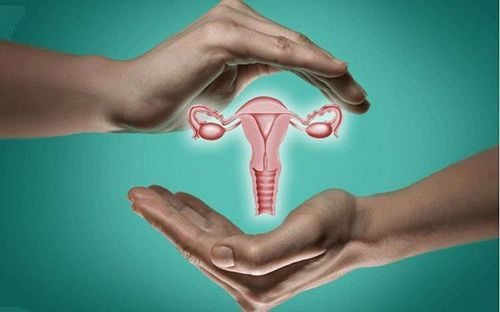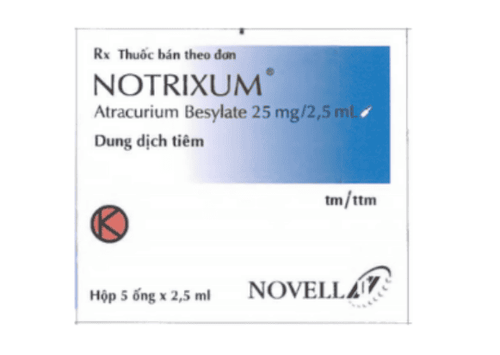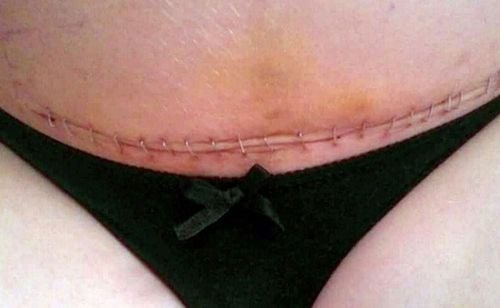This is an automatically translated article.
The article is expertly consulted by an Anesthesiologist, anesthesiologist, anesthesiologist - Department of General Surgery & Anesthesia - Vinmec Hai Phong International General Hospital.Endotracheal anesthesia for cesarean section on pregnant women with multiple trauma is a general anesthetic technique when the mother refuses, does not cooperate with the anesthetic method, in urgent emergencies or when under anesthesia. failure.
1.Definition of endotracheal anesthesia for cesarean section in pregnant women with multiple trauma
Endotracheal anesthesia for cesarean section on pregnant women with multiple trauma is a technique of general anesthesia, with intubation for the purposes of:Control breathing during surgery Resuscitation after surgery Mrs. Pregnant women with multiple trauma include common cases such as:
Head trauma, pelvic fracture, blunt abdominal trauma, chest trauma. Shocked blood loss due to traffic accident. Blood loss from a fall or domestic violence leads to shock. Trauma causes obstetric complications such as uterine rupture, placental abruption, amniotic fluid embolism. Note: Do not perform endotracheal anesthesia for cesarean section surgery on pregnant women with multiple injuries, when the patient disagrees, the medical facility does not have enough anesthesia and resuscitation facilities or the technician does not perform the procedure. professional technical proficiency.

Gây mê nội khí quản chống chỉ định với trường hợp phẫu thuật lấy thai
2.Preparation for endotracheal anesthesia for caesarean section
The person performing the technique- Doctor
- Anesthesiology specialist nurse
Prepare equipment for endotracheal anesthesia
Anesthesia machine system with breathing oxygen source Squeeze oxygen source Life function monitor system ( monitor electrocardiogram, measure arterial blood pressure, arterial blood gases SpO2, EtCO2, measure breathing rate, measure body temperature) Defibrillator Aspirator Laryngoscope Laryngoscope Endotracheal tube Suction tube Mask Balloon oropharyngeal , Magill pliers, soft mandrin. Medicines: Lidocaine 10% spray, Salbutamol spray.
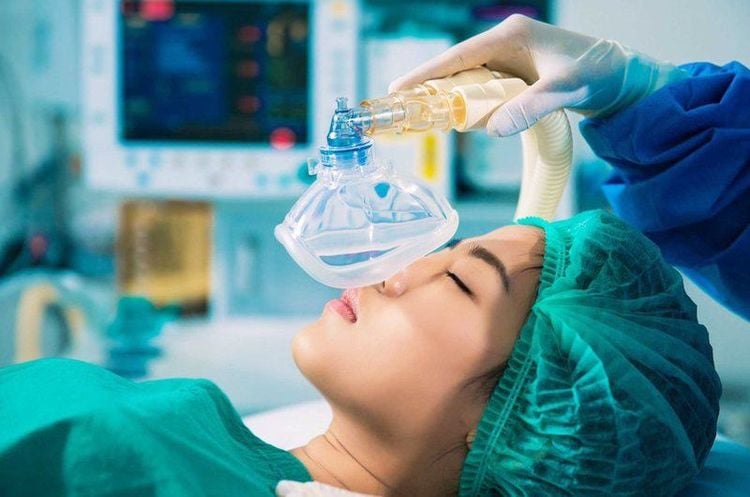
Thăm khám tiền mê cho người bệnh trước phẫu thuật lấy thai
Pre-anesthesia visit to detect and prevent risk of aspiration, cervical spine injury, airway obstruction Assess injury scale Explain to patient Evaluate difficult intubation Administer evening sedation the day before surgery (if necessary).
3. Procedure for performing endotracheal anesthesia for cesarean section on a mother with multiple trauma
3.1 General procedures The patient is in supine position, breathing 100% oxygen 3-6 liters/min, at least 5 minutes before induction of anesthesia. Install a monitor Set up an infusion line (blood line and central venous pressure monitoring in pregnant women with hemorrhagic shock) Pre-anesthetic slow intravenous analgesia for pregnant women: low dose Fentanyl 3.2 Procedure Induction of anesthesia Intravenous anesthetics should preferably be with Ketamine at a dose of 1-1.5mg/kg or Etomidate. The hypnotic drug with a relative contraindication in this case is Propofol. Painkillers often used during cesarean section on pregnant women with multiple trauma: fentanyl, sufentanil, morphine... Can be used in combination with muscle relaxants (if necessary): succinylcholine, rocuronium, vecuronium. .. Conditions to perform endotracheal intubation for the patient are: the pregnant woman has slept deeply and has enough muscle relaxation.
Thuốc mê bay hơi sevorane
4. When can the endotracheal tube be extubated?
Pregnant women are awake, can follow orders, muscle relaxants are completely neutralized. Raise the patient's head for more than 5 seconds, the TOF index > 0.9 (if any). Postoperative patient had spontaneous breathing, respiratory rate within normal limits, stable pulse and blood pressure, body temperature above 35 degrees Celsius. There were no complications of anesthesia and surgery.5. Related adverse events
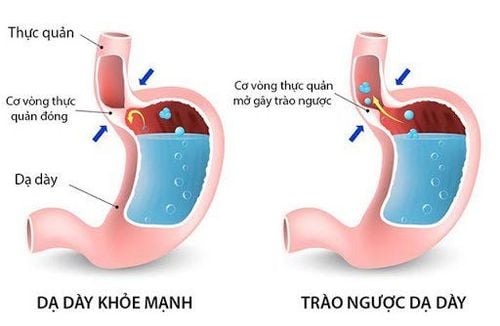
Gây mê nội khí quản có thể bị trào ngược dịch dạ dày
Endotracheal anesthesia in cesarean section at Vinmec has many advantages:
High success rate ≥ 95%, complication rate ≤ 5%, ensuring safety of cesarean section; contribute to the success of cesarean section with pathology. Modern operating room: Negative pressure operating room ensures high sterility, modern anesthesia machine system, patient monitoring machine in surgery Owns anesthesiologists with extensive experience in Obstetric Anesthesia. Customers who need advice and support on endotracheal anesthesia for cesarean section at Vinmec International Hospital, please contact Hotlines of hospitals for advice, support or register online HERE .







